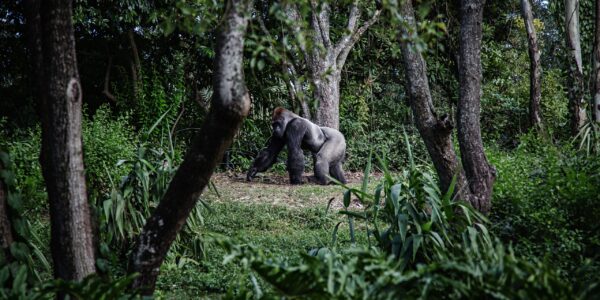Our in-house animal microbiome experts are constantly looking for ways to further their knowledge and understanding of the ever growing field. This week, two of our experts attended a course held at the Wageningen University & Research Centre which focused on Gut Health in Pigs and Poultry. Looking for key learnings for all things animal microbiome, the following blog sets to lay out some of the most exciting and insightful take-home messages from the course.
The “Golden Triangle” of intestinal interactions.
 Consisting of the microbiota, immunity, and food/feed, each point of the triangle influences the animal’s health and performance – both being important points for their researchers and farmers.
Consisting of the microbiota, immunity, and food/feed, each point of the triangle influences the animal’s health and performance – both being important points for their researchers and farmers.
At the centre of the triangle is the infamous gut-brain axis, which explains the intricate and direct link between gut and behaviour. Although already thoroughly researched in humans, the number of studies looking at farm animals is limited. Having said this, there are ongoing efforts that look into this notorious gut-brain relationship along with identifying stress indicators. For instance, pigs that notably not only bite their tails but also their ears, and chicken that have been found to frantically peck [AM1] their feathers. Being at its infancy, research here is at its exploratory stage and leaves much to be desired.
One of the three points on the triangle signifies the animal’s gut microbiome, where current research is looking to pre- and probiotics to help steer the microbiome in a healthier direction. One of these in particular, ties in closely with the following triangle point: Immune Response. Ideally, the pre- and probiotics can be then used to help create a more balanced immune response to feed, environment and age.
The final point on the triangle refers to the animal’s diet. Here an insight was given into what a gut-friendly diet should look like, including nucleosides and butyrate, and which gut microbiome biomarkers should be analysed in order to see the effects of these.
Ultimately, a commonly recognised obstacle that lies in the way of improving the monitoring and quantification of antibiotic resistance genes present in the animal gut microbiome samples, is a lack of unique databases that focus exclusively on animals. It is for this reason that BaseClear is setting up custom databases for animal-specific gut microbiome populations.

Related items

 Consisting of the microbiota, immunity, and food/feed, each point of the triangle influences the animal’s health and performance – both being important points for their researchers and farmers.
Consisting of the microbiota, immunity, and food/feed, each point of the triangle influences the animal’s health and performance – both being important points for their researchers and farmers.


